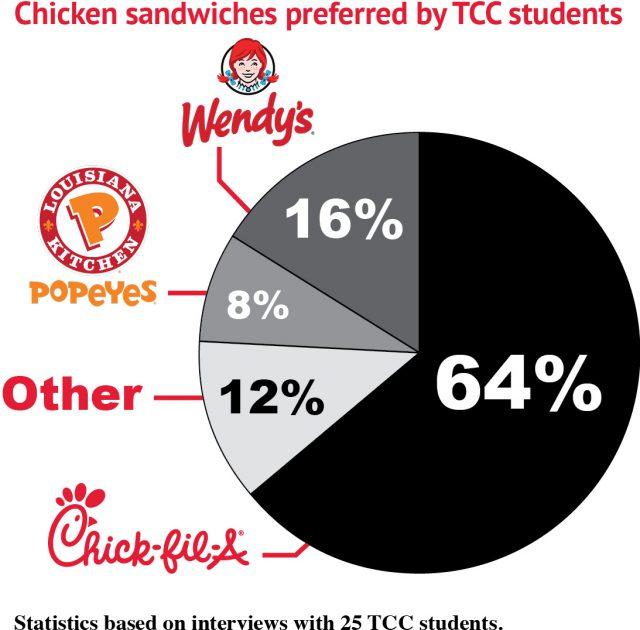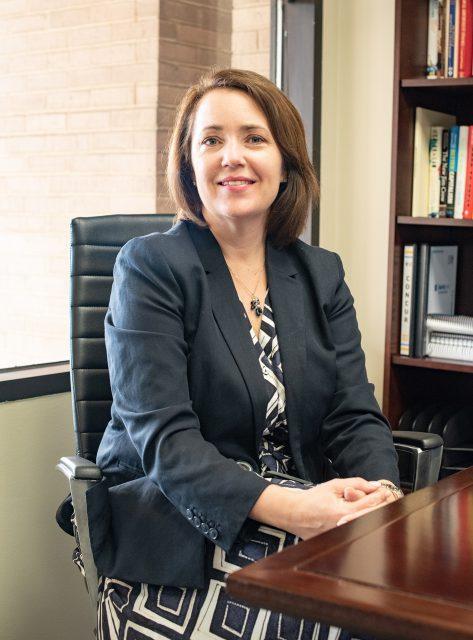
In a world where nothing comes for free, it’s hard to imagine where student loan debt forgiveness fits in. “The New York Times” reported on the most recent executive order issued by President Donald Trump, an order designed to better accommodate a loan forgiveness program for disabled veterans. This order will qualify more of these injured warriors for debt forgiveness eligibility. Although it is designed to assist 50,000 disabled veterans to eliminate an average of $30,000 worth of debt per person, where does that leave the remaining almost 45 million debtors in America right now?
Equifax reports that between 2007 and 2017 student debt has doubled for older millennials and Generation X and continues to grow for the current generation. This debt issue affects college students of all ages and backgrounds.
The concept of debt forgiveness is finally being recognized as a potential solution and possibly an important element in restoring economic freedom and combating wealth inequality in the U.S. today. In a competitive job market, it seems unfair that only the rich and privileged should reap the benefits and unparalleled resources of an expensive Ivy League school.
The pitfalls of amassing incredible amounts of student debts mean college graduates, who already struggle with an uncertain job market and economy, spend their prime earning years not being able to get ahead in savings and retirement planning. Many delay starting their families and even marriages in an attempt to first wrangle in their explosive debt.
This leads to questions about who pays for loan forgiveness and who is eligible to receive it. 2020 presidential hopefuls who claim to have a progressive agenda provide a variety of answers with varying degrees of debt erasure, with the most extreme purported plans promising to eliminate all student debt.
Reallocating existing tax revenues within the federal budget could be the simple answer. Bernie Sanders, a current Democratic presidential candidate, proposes a Wall Street speculation tax as source of college tuition funding. If the U.S. Congress can bail out Wall Street for billions of dollars, then it’s only a matter of priority as to whether or not the federal government will dedicate funds where they are truly valuable.
America’s college students from all financial backgrounds are entitled to a chance at a solid education. Academic ability and a desire for education should be the only barrier to a chance at higher education.
If student loan forgiveness creates a robust opportunity that didn’t exist before for students in financial need, then opposition to the concept seems cruel or at least indifferent.
Taking this issue to its final stage requires exploring what happens if all debt were systematically erased and that debt balance returns to $0. Does the U.S. maintain some sort of debt forgiveness program indefinitely, or should solutions revolve around preventing debt and reining in education costs in the long run?
Loan forgiveness could be an invaluable, yet temporary tool. The problem originated from skyrocketing college tuition rates that did not exist in past generations, and recognizing this fact is paramount to finding the permanent, long term solution to the student debt crisis. All students are worthy of forgiveness and deserving of higher education.
In the meantime, a quality, affordable education from a community college can help propel a financially strapped student into the academic stratosphere with scholarships, lower tuition rates and other valuable networking opportunities.
Students with lower incomes have always been forced to work hard and get creative when raising funds for higher education. Now is the time in American history to put actual dollars into the institutions that add true value to society.
































